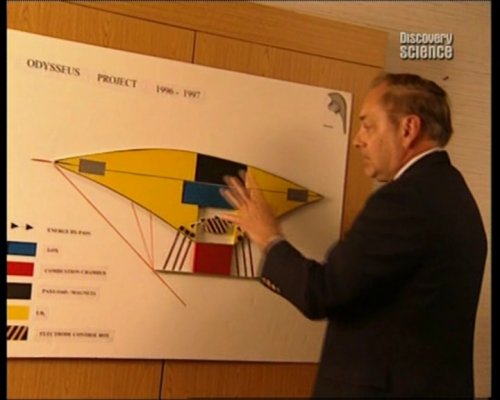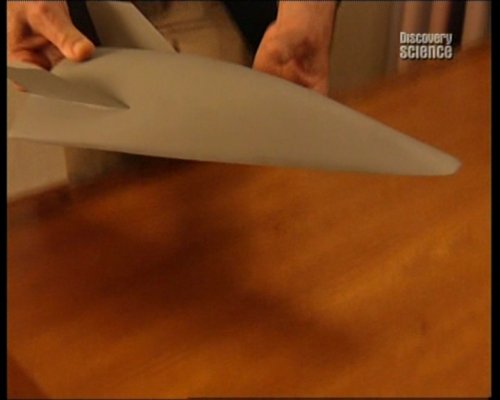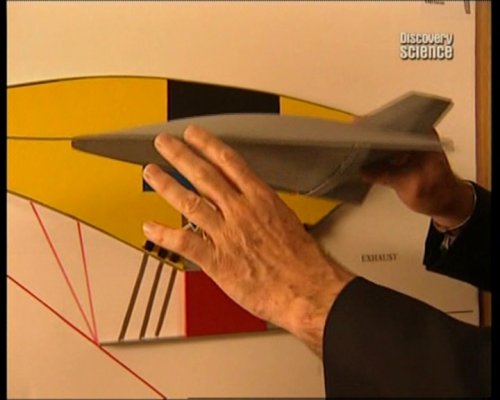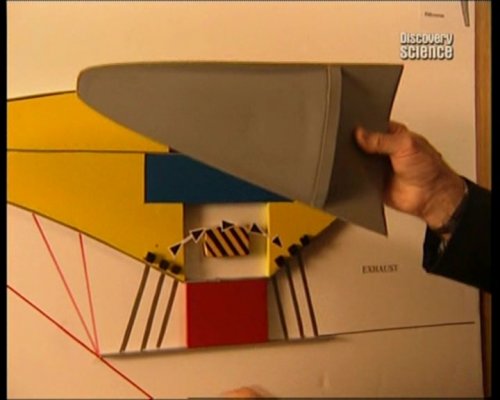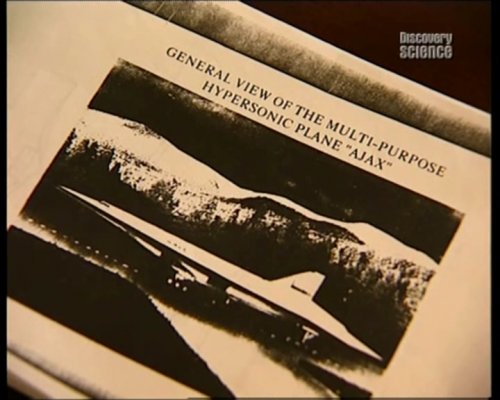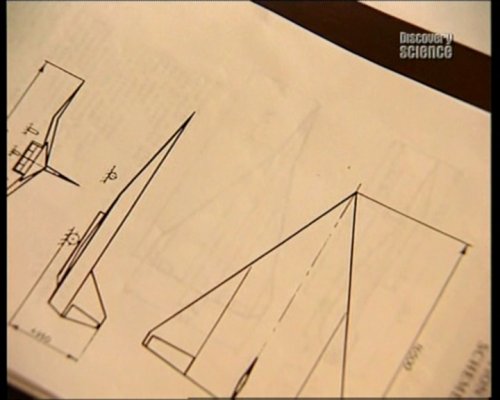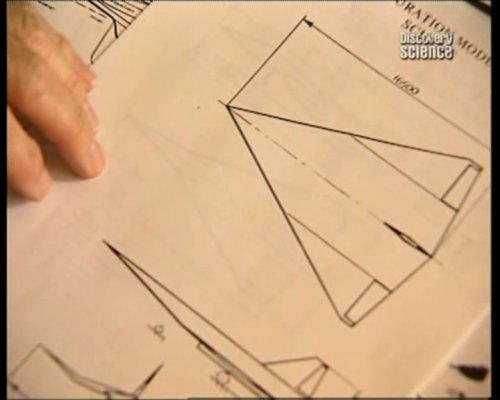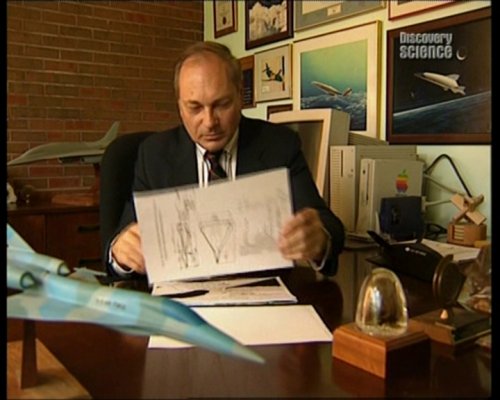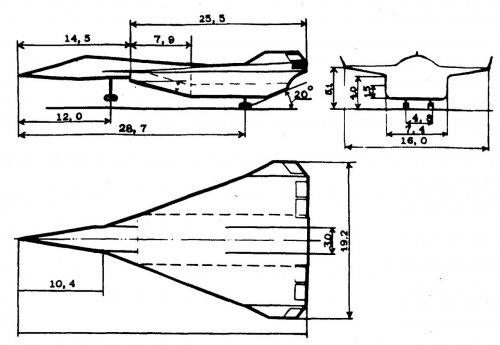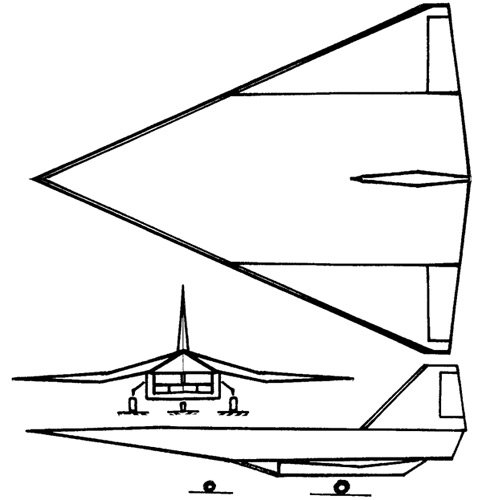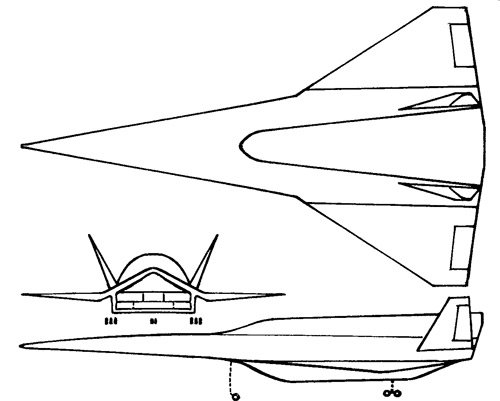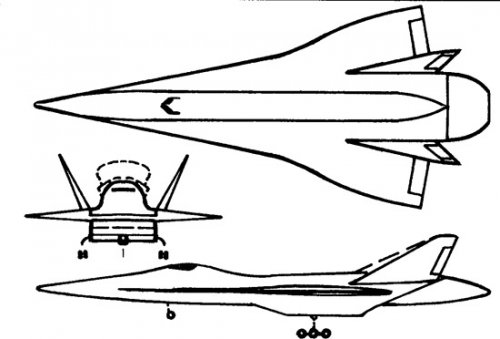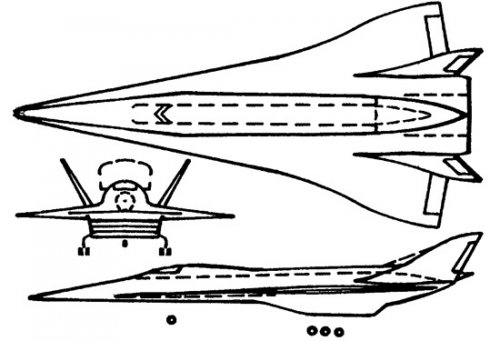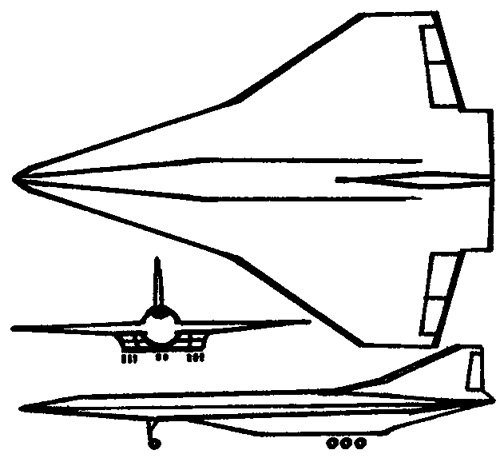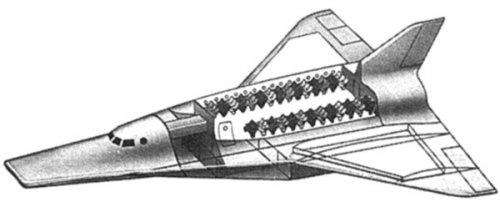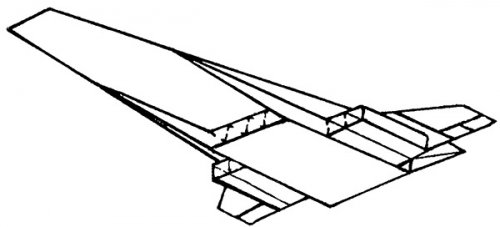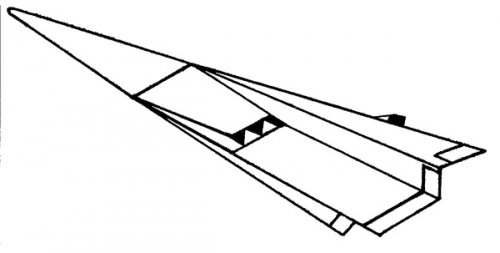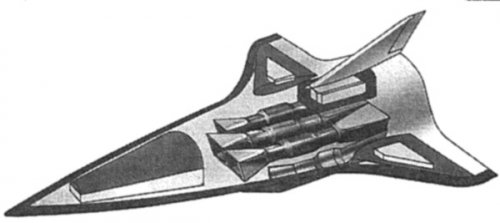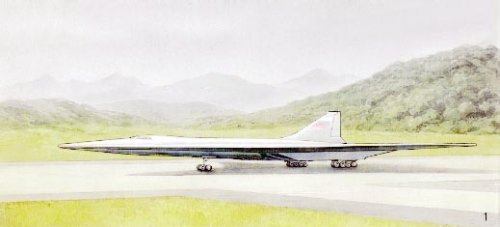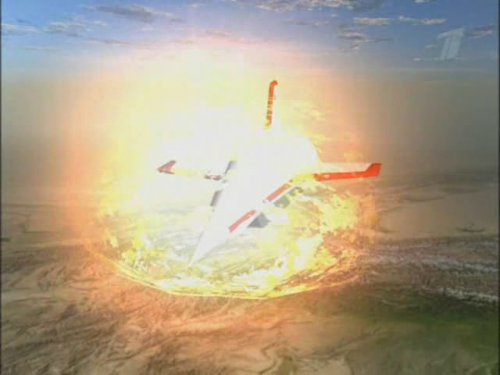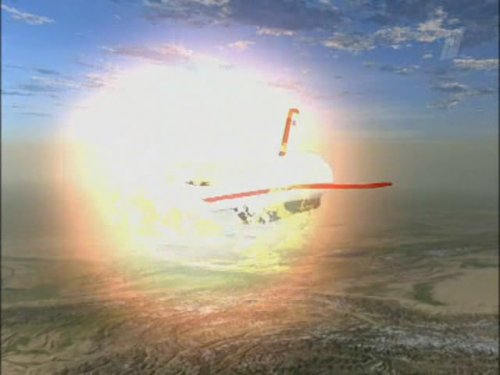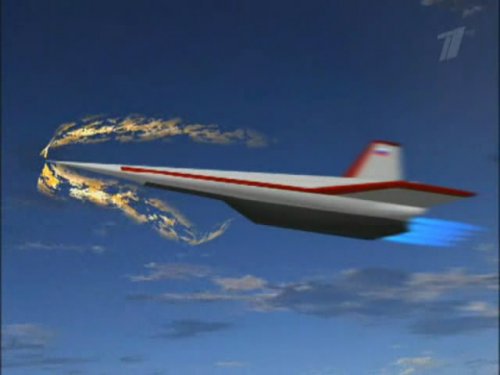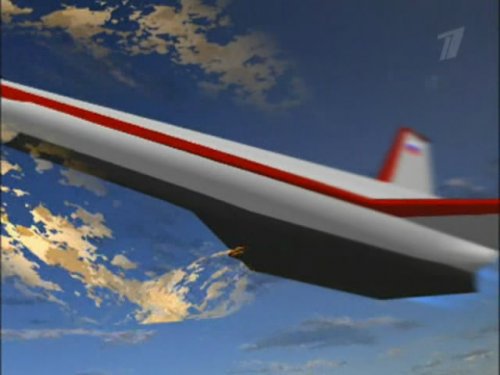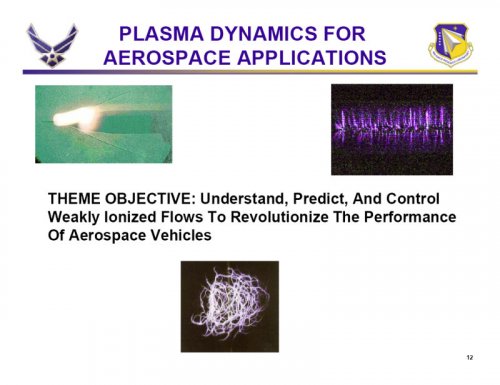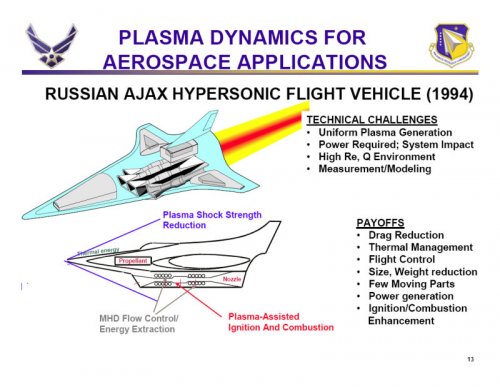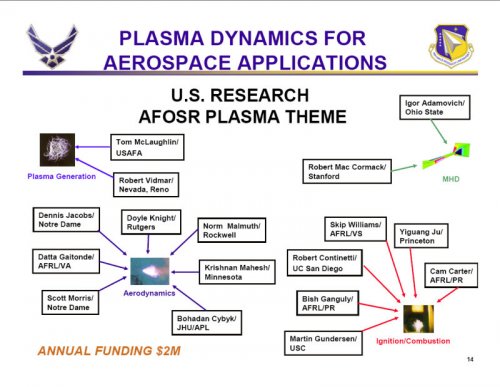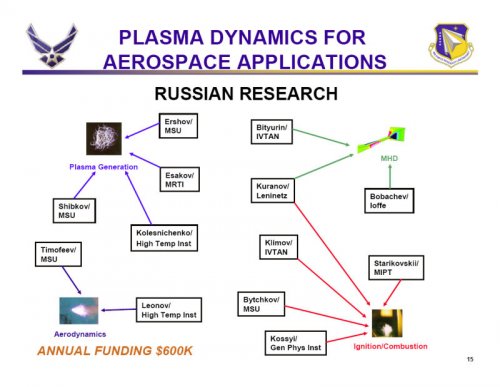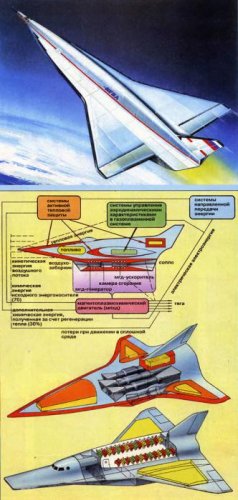Re: Ajax hypersonic vehicles with MHD propulsion
http://www.ga.com/news.php?subaction=showfull&id=1174510181&archive=&start_from=&ucat=&
FOR IMMEDIATE RELEASE
Mar 21, 2007
General Atomics Scores Power Production First
San Diego, CA, March 13, 2007. A team led by General Atomics (GA) successfully tested a new method for generating electrical power on board a hypersonic vehicle. A magnetohydrodynamic (MHD) generator was operated to produce electrical power using the exhaust stream from a prototype hypersonic scramjet combustor simulating flight at Mach 8 conditions. This is the world's first successful demonstration of a hypersonic MHD generator. This will lead the way for future development of this technology as a viable means to provide multi-megawatt MHD auxiliary power systems for air-breathing hypersonic vehicles.
This work was a collaborative effort by prime contractor GA, LyTec LLC, Pratt & Whitney Rocketdyne (PWR), United Technologies Research Center (UTRC), and NASA. The United States Air Force Research Laboratory (AFRL) sponsored the research effort under the Hypersonic Vehicle Electric Power Systems (HVEPS) program managed at Wright Patterson's AFRL/Propulsion Directorate.
The scramjet-driven MHD power testing was completed December 12, 2006 at the UTRC Jet Burner Test Facility (JBTF) in Hartford, CT. The experiments encompassed two sequential series of multiple short-duration tests in the JBTF wherein an MHD generator test article was installed in-line and downstream of the scramjet test rig. In all experiments, MHD electric power was successfully demonstrated at varying magnetic field intensities and varying power levels. Preliminary assessments indicate that peak power production of 15 kW was achieved over the active portion of the MHD generator, which was well within the design range for the test article.
Gas turbine engines are currently used to mechanically drive rotating generators to produce electrical power for conventional aircraft systems. Hypersonic vehicles, however, use scramjet engines, which do not have rotating shafts to allow the use of dynamos. The HVEPS project posed the advanced concept of using an MHD generator coupled in-line to the scramjet exhaust to directly extract electric power from the induced electromotive force produced by the interaction of the exhaust plasma stream with a magnetic field. The HVEPS demonstration of this concept is a notable milestone that paves the way for further development of scramjet-driven MHD as an enabling technology for realization of a revolutionary flight-weight, high-electric-power system applicable to the next generation global-reach military aircraft.
The Air Force program manager for HVEPS, Mr. Rene Thibodeaux, stated, "The success of these tests moves hypersonic MHD technology from the realm of speculation to realistic possibilities. Electrical power can now be produced on-board an air-breathing hypersonic platform without carrying large amounts of liquid oxygen like the Space Shuttle requires"
General Atomics, founded in 1955, specializes in diversified research, development, and manufacturing in defense, energy, and other advanced technologies. Affiliated manufacturing and commercial service companies include General Atomics Aeronautical Systems, Inc., which produces the Predator® family of unmanned aerial systems.
http://www.flightglobal.com/articles/2006/11/21/210701/scramjet-could-generate-electricity.html
DATE:21/11/06
SOURCE:Flight International
Scramjet could generate electricity
A way of generating electricity to drive systems on a scramjet-powered aircraft will be tested this month. A magnetohydrodynamic (MHD) generator, using the interaction of magnetic fields with the scramjet's electrically conducting exhaust flow, will be ground tested at Mach 8 for up to 12s in a bid to produce 20-50kW.
The tests are the culmination of the US Air Force Research Laboratory's five-year Hypersonic Vehicle Electric Power Systems (HVEPS) programme. Conventional gas turbines mechanically drive generators to produce electricity to power aircraft systems, but scramjets have no rotating parts, and the programme's goal is to obtain power for on-board systems using MHD technology.
The tests will be conducted at United Technologies Research Center's scramjet cell in Connecticut. The scramjet has been modified with an MHD generator located downstream of its combustor. The generator uses a liquid helium-cooled superconducting magnet.
"We hope to get more funding for the next stage to develop the scramjet and MHD together," says John Lineberry, president of HVEPS participating engineering company Lytec.
General Atomics, Pratt & Whitney Rocketdyne and NASA Marshall Space Flight Center are also partners in the HVEPS project.
The next stage would involve design of a scramjet and MHD system optimised to work together. The scramjet used for the tests and the MHD unit obtained from NASA Marshall were designed for other purposes.
The scramjet was tested at Mach 8 in March, achieving 80% combustor efficiency, and the MHD generator was delivered to the test cell in September.
http://www.flightglobal.com/articles/2007/11/29/219922/nasa-studies-hypersonic-turbojet-using-mhd-energy-bypass.html
DATE:29/11/07
SOURCE:Flightglobal.com
NASA studies hypersonic turbojet using MHD energy bypass cycle
By Graham Warwick
A concept explored by the power generation industry 50 years ago is being dusted off by NASA as a possible way of enabling jet engines to operate to higher speeds, to power hypersonic vehicles and reusable spaceplanes.
The magnetohydrodynamic (MHD) energy bypass engine would electromagnetically extract energy from air entering the inlet, slowing the flow and allowing the turbine engine to operate to a higher Mach number.
The electricity generated could be used to power aircraft systems or to electromagnetically accelerate the engine's exhaust flow, increasing thrust. One concept developed in Russia, called Ajaxa, was outlined in a paper in 2001 by its authors Claudio Bruno at the University of Rome and Paul Czysz at St Louise University, Missouri.
NASA has begun studying MHD energy bypass engine concepts under its revitalised hypersonics research programme, aimed at developing technology for a two-stage space access vehicle. The MHD energy bypass cycle could make it easier to design a combined-cycle propulsion system by allowing a turbine to accelerate the vehicle to hypersonic speed where a scramjet would take over.
"The idea is to extend the operating range of turbomachinery to higher Mach numbers," says Isaiah Blankson, a senior scientist at NASA Glenn Research Center. "We would put a device ahead of the engine to ionise the flow, extract the energy then put it back in the combustor."
By slowing the flow entering the inlet, the operating range of existing turbine engines could be extended to M7, from today's maximum of around M3. Extracting 30-40% of the total energy of the flow would reduce its speed by a half to three-quarters, he says, allowing the turbine engine to operate at M2.8.
The MHD energy bypass cycle was investigated, but not implemented, by the power generation industry in the USA and elsewhere in the 1950s and 1960s as a way of increasing electricity output at peak times. At that time, ionisation was achieved by seeding the flow with cesium. Later electron beams were proposed.
NASA's idea is to exploit recent advances in high-voltage pulse power systems to increase ionization efficiency. "We need a very efficient way of ionizing the flow field. If we can increase ionisation efficiency by 40% we can be very competitive with classic over-and-under turbine-based combined-cycle engines."
Over the next two years, NASA Glenn plans computational and experimental work aimed at sizing an MHD energy bypass engine capable of M7 to see if it is a feasible way of powering the air-breathing first stage of a reusable spaceplane.
http://www.flightglobal.com/articles/2000/12/19/123989/powering-into-the-future.html
DATE:19/12/00
SOURCE:Flight International
Powering into the future
Just as the development of aviation has been powered by advances in engine technology, spaceflight needs breakthroughs in propulsion systems if safe, efficient and routine space travel is to become anything other than a science fiction dream
As the newly appointed captain of the starship Enterprise, actor Patrick Stewart was keen to grasp the fundamental principles behind its famous warp drive. But the producers of the science fiction epic Star Trek, having explained the hypothetical concept, admitted no-one had any real idea how to make a starship go faster than the speed of light. Stewart replied: "Nonsense, all you have to do is say 'engage'."
"Star Trek is great as an inspirational tool, but at the same time it can be a handicap," says Marc Millis, head of the Breakthrough Propulsion Physics group at NASA's Glenn Research Center (GRC) in Cleveland, Ohio. Millis, who admits to having a model Star Trek shuttlecraft in his office, as well as an Enterprise technical manual at hand for inspiration, says science fiction can be a double-edged sword. "Sci-fi like Star Trek provides a visible icon, but it also raises expectations that these things are easily achievable, as well as narrowing people's focus on how to solve the problem."
As 2001 dawns, the problem of advancing space travel is as dependent on improvements in propulsion technology as air travel was throughout the 20th century. Propulsion continues to be the limiting factor in all aspects of spaceflight, be it access to Earth orbit, trips to the moon or other planets in the Solar System, or the far-off dream of deep space exploration and interstellar travel.
While aviation received a major boost with the development of the jet engine, spaceflight has yet to progress much beyond the rocket. Although today's rocket motors are more efficient than the pioneering engines of the 1930s, a breakthrough is needed if the cost of space access is to be reduced dramatically.
The state-of-the-art for the advanced propulsion concepts now under study is proportional to the distances for which they are designed. Therefore, propulsion techniques for leaving the Earth's atmosphere and for travel within the Solar System are better understood, or at least further along, than those being considered for interstellar travel.
Technologies being studied in the USA and elsewhere cover the full range from advanced chemical-based rockets, through nuclear propulsion to a wide variety of electromagnetic concepts. Beyond these, tentative research is beginning into futuristic fusion and antimatter propulsion concepts, gravity modification and even faster-than-light travel.
[...]
Electromagnetic focus
Studies of electromagnetic propulsion concepts, meanwhile, continue to focus on magnetic levitation (maglev)-assisted, RBCC-powered launch vehicles. In a scene reminiscent of the sci-fi classic When World's Collide, the vehicle would hurtle along a maglev track on a sled until launching at a speed of around 650km/h. Such a ground-assisted launch could reduce vehicle size by 20% for the same payload, NASA estimates. Small test tracks have been built at MSFC and LLNL, and NASA plans a demonstration track at Kennedy Space Center following continued research.
Russian research into magnetohydrodynamics (MHD), aimed at a hypersonic aircraft concept called Ajax, has stimulated US studies of similar electromagnetic propulsion concepts at NASA's Ames Research Center and AFRL.
The MHD concept is based on the idea that high-velocity gases flowing through a strong magnetic field will be diverted in a direction perpendicular to the field. Electrons and negative ions are diverted in one direction, positive ions in the opposite direction. Electrodes placed to collect these charged particles would generate electricity while decreasing fluid velocity. This 'MHD generator' and a flow ioniser in the inlet would slow incoming gases to ideal ramjet conditions, while the electrical power generated would be sent to an 'MHD accelerator' in the exhaust to increase thrust. The concept would also be used to reduce drag and create a virtual inlet to double airflow into the ramjet.
[...]

